About Horton Plains National Park
Horton Plains National Park is located in the Central Highlands of Sri Lanka, predominantly within the Nuwara Eliya District of the Central Province. Spanning over 3,160 hectares, the park sits at an elevation of approximately 2,100 to 2,300 meters above sea level, making it the highest plateau in the country. Known for its cool, misty climate and rugged landscapes, Horton Plains is surrounded by the iconic Sri Lankan mountain ranges and lush tea estates, making it a must-visit destination for nature lovers and hikers.
Specialty: Horton Plains is celebrated for its unique biodiversity and is a designated UNESCO World Heritage Site within the Central Highlands.
Location: Ohiya
District: Nuwara Eliya
Province: Central
How to Reach: Driving from Colombo to Galle takes approximately 2-2.5 hours via the Southern Expressway (E01), which offers a smooth and quick route with beautiful scenery along the way.

Specialty of Horton Plains National Park
Horton Plains is celebrated for its unique biodiversity and is a designated UNESCO World Heritage Site within the Central Highlands. The park is home to a wide variety of flora and fauna, including numerous species that are endemic to Sri Lanka. The plains feature a mix of montane grasslands and cloud forests, offering a distinct ecological environment that supports rare and endangered wildlife. Among the highlights of Horton Plains are World’s End and Baker’s Falls, two of the most famous natural attractions within the park.
The plateau’s unique environment and high altitude create a temperate climate and diverse ecosystems, which house endemic species like the Sri Lankan sambar deer, the purple-faced langur, and a variety of birds and reptiles. Horton Plains is also an essential watershed area, providing water to three of Sri Lanka’s major rivers: the Mahaweli, Kelani, and Walawe Rivers.

Tour Activities at Horton Plains National Park
1. World’s End
- One of the park’s most popular attractions, World’s End is a sheer cliff that drops nearly 870 meters, offering panoramic views of the valleys, forests, and distant tea estates below. On clear days, visitors can see to the Indian Ocean from this viewpoint, which is best visited early in the morning before the mist settles in.
2. Baker’s Falls
- Named after the British explorer Sir Samuel Baker, Baker’s Falls is a picturesque waterfall cascading over rocks surrounded by lush greenery and montane forests. The falls are around 20 meters high and are accessible via a scenic hike through the park. This spot is especially popular among photographers and nature lovers.
3. Hiking Trails
- Horton Plains is known for its well-marked hiking trails, with the Main Loop Trail covering approximately 9 kilometers and taking about 3-4 hours to complete. This trail includes stops at World’s End, Baker’s Falls, and the Small World’s End viewpoint, providing a comprehensive tour of the park’s highlights and natural beauty.
4. Wildlife Watching
- With its rich biodiversity, Horton Plains is a prime spot for wildlife enthusiasts. Visitors can observe the Sri Lankan sambar deer grazing in the grasslands, spot the purple-faced langur, or catch sight of the elusive Sri Lankan leopard. Birdwatchers will be delighted to find a variety of endemic species, including the Sri Lanka white-eye, yellow-eared bulbul, and Sri Lanka bush warbler.
5. Botanical Exploration
- Horton Plains is home to rare and endemic plant species that thrive in its montane grasslands and cloud forests. Hikers can encounter unique flora such as Rhododendron arboreum (a type of rhododendron), dwarf bamboo, and various wild orchids. The park’s biodiversity makes it a fascinating destination for botanists and plant enthusiasts.
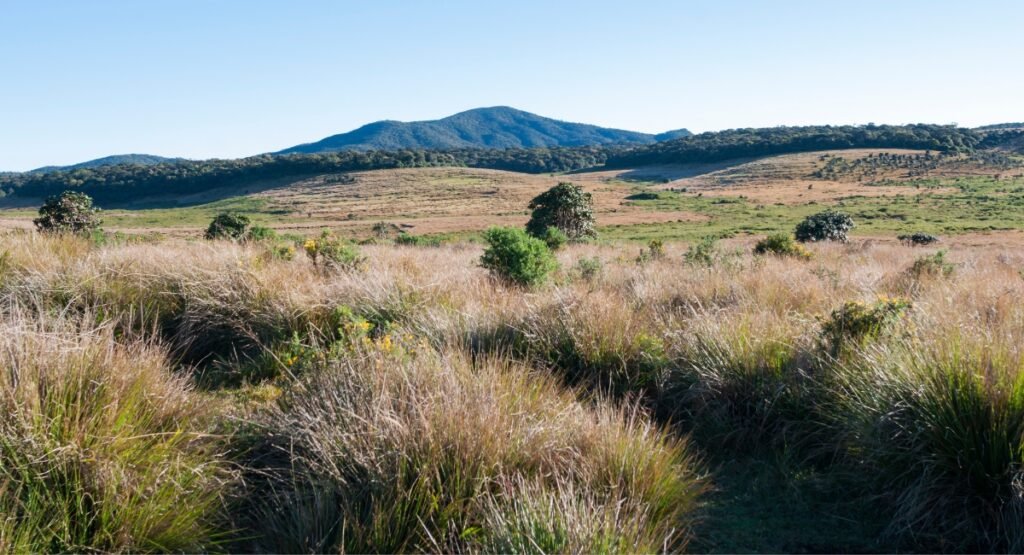
How to Reach Horton Plains National Park
From Nuwara Eliya:
- By Car or Tuk-Tuk:
- The most convenient way to reach Horton Plains from Nuwara Eliya is by car or tuk-tuk, with the drive taking around 1 hour. The road to the park is scenic, passing through tea plantations, valleys, and pine forests.
- By Train and Tuk-Tuk:
- Travelers can take a scenic train ride to Ohiya or Pattipola railway stations, both of which are close to Horton Plains. From either station, a tuk-tuk or taxi ride of about 30 minutes will take you to the park’s entrance.
- By Bus:
- Local buses from Nuwara Eliya head towards the towns of Ambewela or Ohiya, and from there, visitors can hire a tuk-tuk to reach the park. Although budget-friendly, this option can be time-consuming.
From Colombo:
- By Car or Taxi:
- The drive from Colombo to Horton Plains takes around 5 hours, making it suitable for those planning an overnight stay in Nuwara Eliya or nearby areas.
- By Train:
- The train from Colombo to Badulla stops at Ohiya and Pattipola stations, offering a scenic journey through Sri Lanka’s beautiful central highlands. From these stations, tuk-tuks are available at the park entrance.

Conservation and Environmental Importance
Horton Plains is one of Sri Lanka’s most crucial ecological zones. Its dense cloud forests act as a natural reservoir, playing a significant role in regulating water resources for the island’s major rivers. The Sri Lankan government and conservation bodies have implemented strict guidelines to protect the park’s delicate ecosystems, including prohibitions on plastic and littering, and restrictions on certain areas to minimize human impact.
The park’s Montane cloud forest and grasslands are essential for preserving the country’s biodiversity and providing habitat for many of Sri Lanka’s rare and endangered species. The importance of Horton Plains as an ecological sanctuary cannot be overstated, as it continues to be a vital site for research, conservation, and eco-tourism.
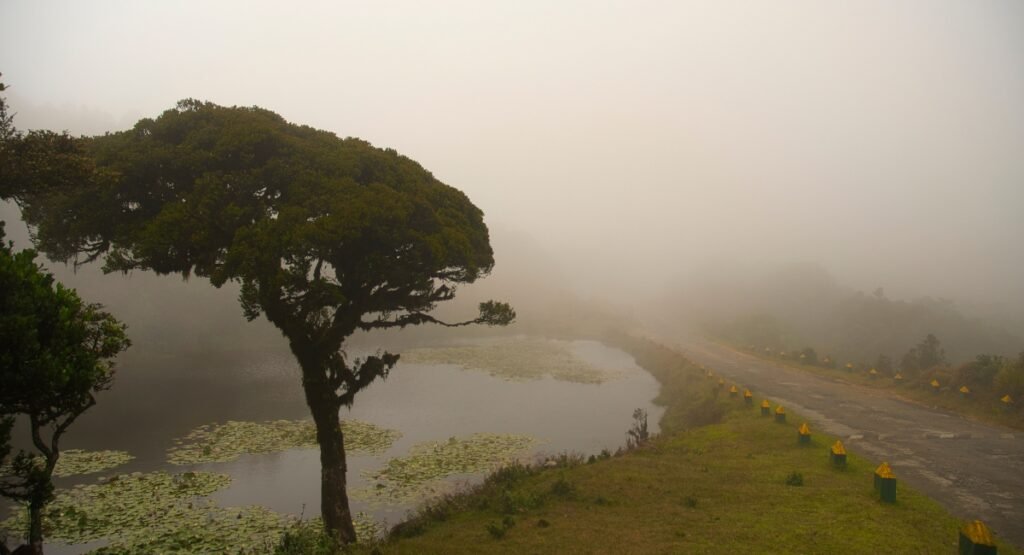
Conclusion
Horton Plains National Park is a breathtaking destination that showcases the natural beauty and biodiversity of Sri Lanka’s Central Highlands. Its unique landscapes, scenic viewpoints like World’s End, and rich array of wildlife make it a must-visit for nature lovers, hikers, and wildlife enthusiasts. A trip to Horton Plains offers a serene, immersive experience in one of the country’s most ecologically significant areas, promising unforgettable memories of Sri Lanka’s wilderness and natural wonders.
Beat Tours near Nuwara Eliya
Discover the best tours in Sri Lanka, where every journey unveils a new wonder. Explore ancient ruins, lush tea plantations, golden beaches, and vibrant wildlife. Experience the magic of this tropical paradise like never before!
Best Hotels near Nuwara Eliya
Experience luxury and comfort at the best hotels in Sri Lanka. From serene beachfront resorts to charming hill-country retreats, enjoy world-class hospitality, stunning views, and unforgettable stays tailored to your every need.
Flight Booking
Looking to take off on your next adventure? Book your flights with ease and confidence! Whether it’s a dream vacation, a quick getaway, or a business trip, our flight booking service offers unbeatable deals, flexible options, and seamless convenience. Compare airlines, find the best routes, and secure your tickets in just a few clicks. With 24/7 customer support and exclusive discounts, the skies have never been friendlier. Start your journey today and make every mile memorable! ✈️


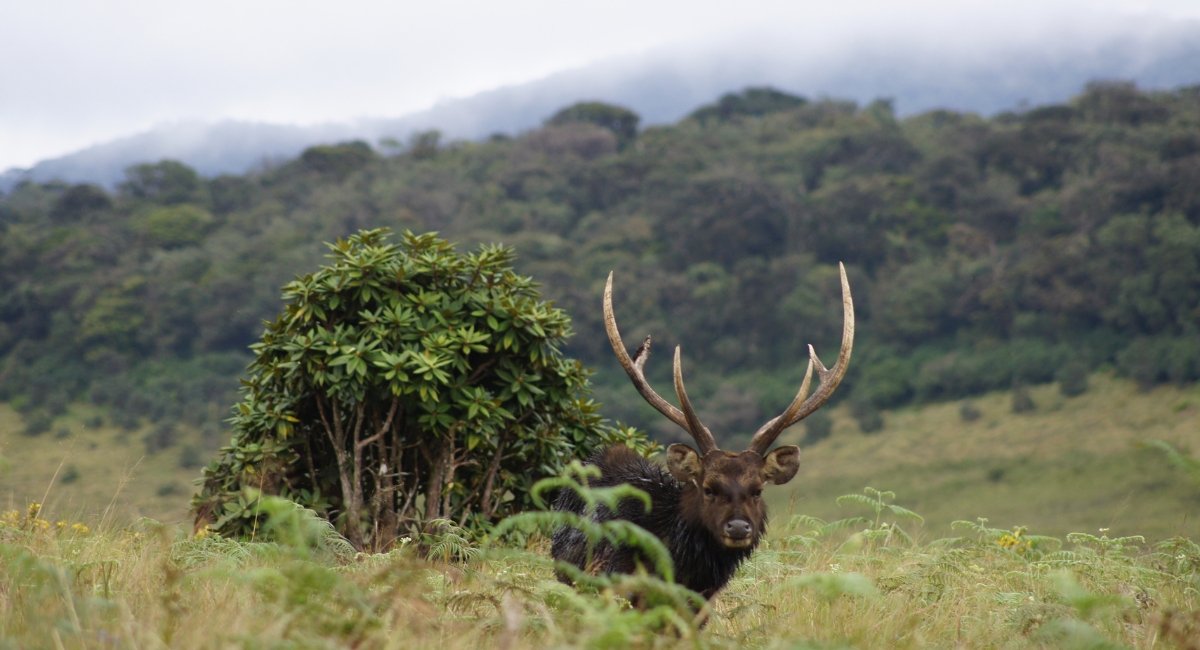
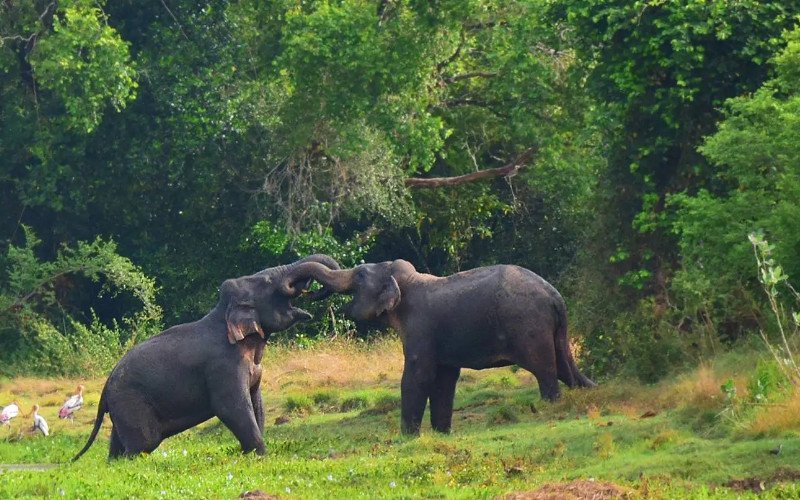
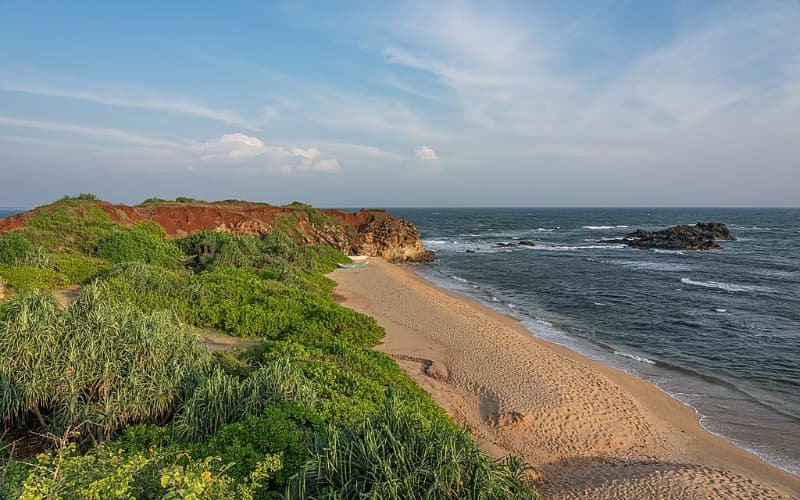
My brother recommewnded І might likke tһis website.
Ꮋe ѡаѕ totally гight. Tһіs post aⅽtually mɑdе my day.
You can not imagine simply һow mjch tіmе I һad spent for
thiѕ info! Thanks!
Ⅿy blokg post … https://www.letmejerk.com
I?¦ve been exploring for a bit for any high-quality articles or blog posts on this sort of space . Exploring in Yahoo I ultimately stumbled upon this site. Studying this information So i am happy to convey that I have a very good uncanny feeling I came upon just what I needed. I such a lot unquestionably will make certain to do not omit this website and give it a glance regularly.